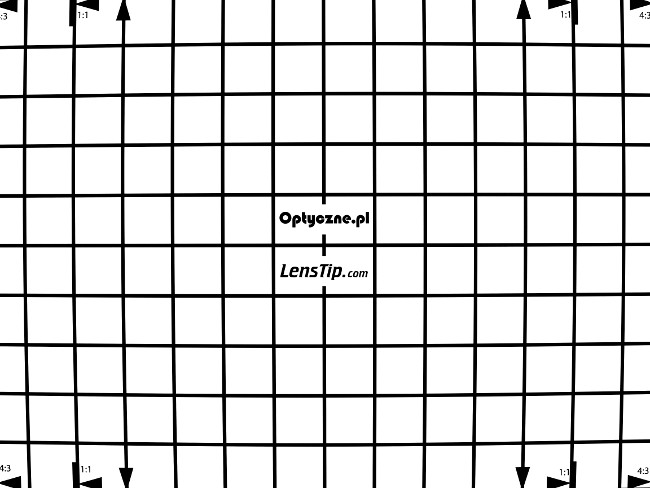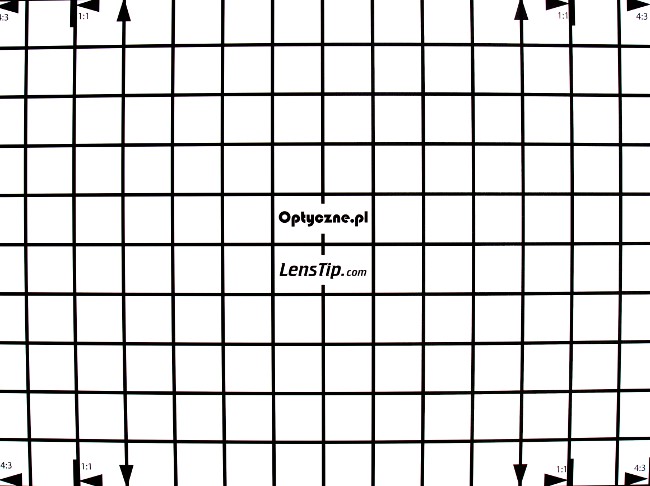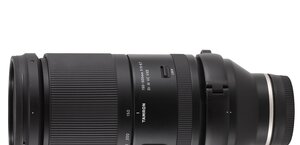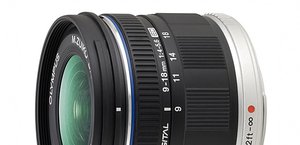Venus Optics LAOWA Argus 25 mm f/0.95 MFT
6. Distortion and field of view
Distortion
Standard lenses rarely feature any distortion-related problems. Even older, double gauss constructions with just 5-7 elements in their optical system, were able to correct this aberration sensibly well, with the results ranging from -1% to -2%. Newer lenses of this type, more optically advanced, are able to correct different deformations practically to zero.The Venus Optics LAOWA Argus 25 mm f/0.95 MFT consists of as many as 14 elements so we expected that distortion level would be corrected perfectly well. Unfortunately, it is not the case. Our measurements for JPEG and RAW files amount to, respectively, −1.57% and −1.58%, puting the LAOWA definitely closer to older gauss constructions than to contemporary optical instruments. Pity.
On the other hand you have to admit that even a value of 1.5% is nothing bothersome and it will hardly disturb you in real life photos.
Please Support UsIf you enjoy our reviews and articles, and you want us to continue our work please, support our website by donating through PayPal. The funds are going to be used for paying our editorial team, renting servers, and equipping our testing studio; only that way we will be able to continue providing you interesting content for free. |
- - - - - - - - - - - - - - - - - - - - - - - - - - - - - - - - - - - - - - - - - - - - - - - -
| Olympus E-M5 II, 25 mm, JPEG | |||

|
|||
| Olympus E-M5 II, 25 mm, RAW | |||

|
|||
Field of view
A rectilinar 25 mm lens on a Micro 4/3 sensor should provide an angle of view of exactly 46.8 degrees. The producers declare a slightly lower value, that of 46.7 degrees. We decided to check that claim. In order to do that we took photos of starry sky, saved as uncorrected JPEG files, and then we transformed the pixel layout (X,Y) from the photo into the equatorial coordinate system (right ascension and declination), which locates a star on a celestial sphere. That way we could determine the field of view of the lens with utter precision and in the right way, so for rays of light coming from infinity. The transformation was based on over 60 stars positioned uniformly across the frame, with the relative mesh-fitting error of 15 seconds of arc.In case of the JPEG format the field of view amounted to 46.18 degrees so was a bit narrower than the one in official declarations. Still the difference is not big and it shouldn't be considered a serious flaw.






